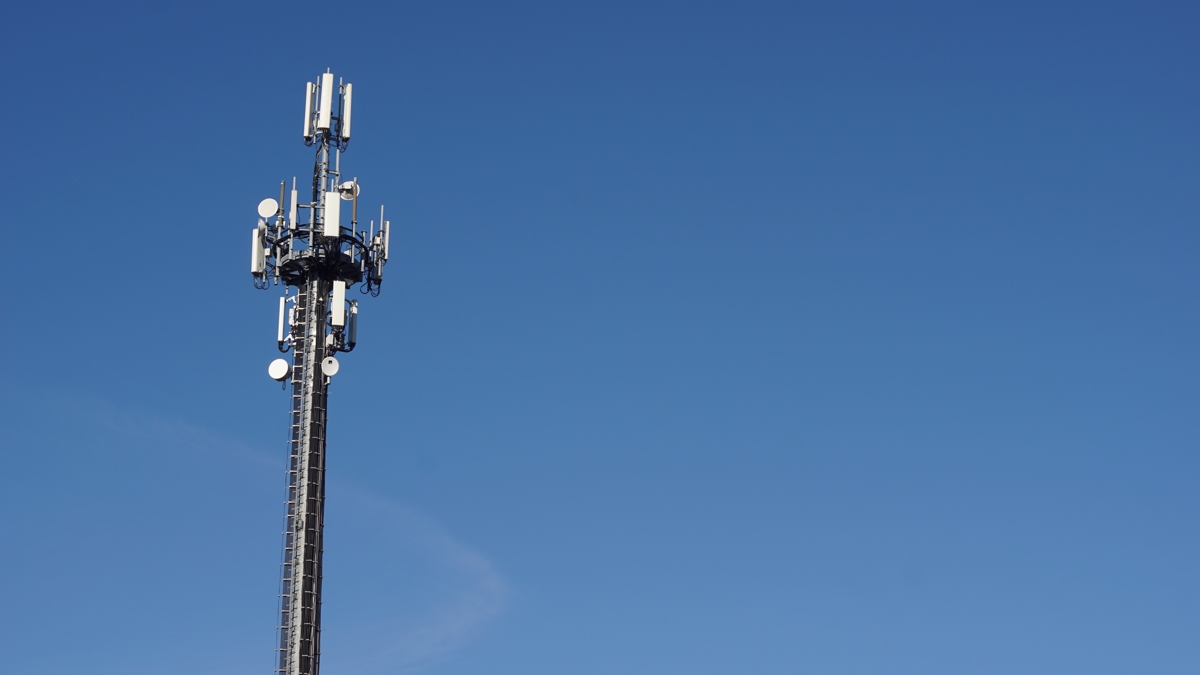Mobile Broadband vs. Fixed Wireless Explained
While the speed and reliability of fiber optic cable make it an overwhelming favorite for broadband solutions, the expense and required disruption often make it prohibitive to lay cable, particularly in rural and densely populated urban areas. In contrast, mobile broadband and fixed wireless access can provide broadband to these areas without fiber’s inherent disadvantages.
Mobile broadband uses cellular networks, like 4G LTE and 5G, to provide Internet access on the go. Fixed wireless, on the other hand, uses dedicated fixed wireless technology by setting up a point-to-point or point-to-multipoint connection between the user's premises and a nearby base station. The table below illustrates the differences between mobile broadband vs. fixed wireless.

| Mobile Broadband vs. Fixed Wireless Access | ||
| Aspect | Mobile Broadband | Fixed Wireless |
| Infrastructure | Cellular network | Point-to-point or point-to-multipoint wireless network |
| Mobility | Supports mobility | Primarily stationary |
| Coverage | Broad | Localized |
| Speed and Capacity | Varies depending on network congestion | Higher, more consistent speeds |
| Typical Users | Smartphone users, travelers | Homes and businesses in underserved areas |
| Deployment | Widespread deployment in urban and suburban areas | Deployed where fiber infrastructure is lacking |
| Signal Strength | Dependent on proximity to cell towers | Dependent on line-of-sight to base stations |
| Bandwidth | Shared bandwidth among users | Bandwidth dedicated to premises |
| Reliability | Susceptible to network congestion and signal variability | More stable connections with fewer signal interferences |
| Scalability | Limited scalability due to network congestion and spectrum limitations | Scalable infrastructure with potential for expansion |
Mobile Broadband vs. Fixed Wireless: Pros and Cons
Mobile broadband and fixed wireless access are both viable options for residents and businesses. Each solution, however, has its own strengths and weaknesses. A fixed wireless connection is more reliable than mobile broadband at a fixed location, but mobile broadband is more flexible. Depending on user requirements, one or the other might be a better fit. Below, we’ve compiled a comparison table of mobile broadband and fixed wireless access based on differing user expectations.
| Mobile Broadband vs Fixed Wireless: Pros and Cons | ||
| User | Mobile Broadband | Fixed Wireless |
| Residential |
Pros: Mobility, easy setup, widespread coverage
|
Pros: Reliable speeds, potentially higher bandwidth, consistent connection
|
| Business |
Pros: Flexibility, rapid deployment, backup connectivity
|
Pros: Dedicated bandwidth, lower latency, customizable solutions
|
| Rural |
Pros: Broad coverage, connectivity in remote areas
|
Pros: Bridging the digital divide, scalable infrastructure
|
| Emergency Responders |
Pros: Rapid deployment, temporary connectivity
|
Pros: Reliable backup, resilient during disasters
|
Tarana Wireless Eliminates FWA Cons with Technology
The good news is that Tarana Wireless offers next-generation fixed wireless access (ngFWA) using technology to address the cons listed in the table above. Its G1 Platform delivers fiber speeds at scale, even in non-line-of-sight (NLOS) conditions. Equipped with unprecedented interference cancellation, the G1 platform maintains high performance for both licensed and unlicensed spectrum frequencies.
The benefits of the G1 Platform include:
- CBRS (3 GHz) or unlicensed (5 GHz, 6 GHz)
- Up to 1.6 Gbps aggregate capacity per link*
- Up to 3.2 Gbps capacity per sector
- Up to 12.8 Gbps capacity per cell (4 base notes [BNs])*
- Up to 250 clients per sector
- Up to 1000 clients per cell (4 BNs, 250 remote notes per BN)
- Works in NLOS conditions
- Cancels interference
- Fiber-class speeds and reliability at a fraction of the time and cost to deploy
* In x2 (4-carrier mode) available for the 6 GHz product model
As a trusted Tarana distributor, MBSI WAV can help you find the best ngFWA products to address your deployment requirements and challenges. MBSI WAV maintains the largest and most consistent stocking position in the wireless networking market and provides world-class support to accelerate deployments while reducing headaches.
Contact the networking experts at MBSI WAV for help selecting a suitable fixed wireless access platform to meet your unique requirements and any deployment challenges.
Learn more about Next Generation Fixed Wireless Access (ngFWA)




